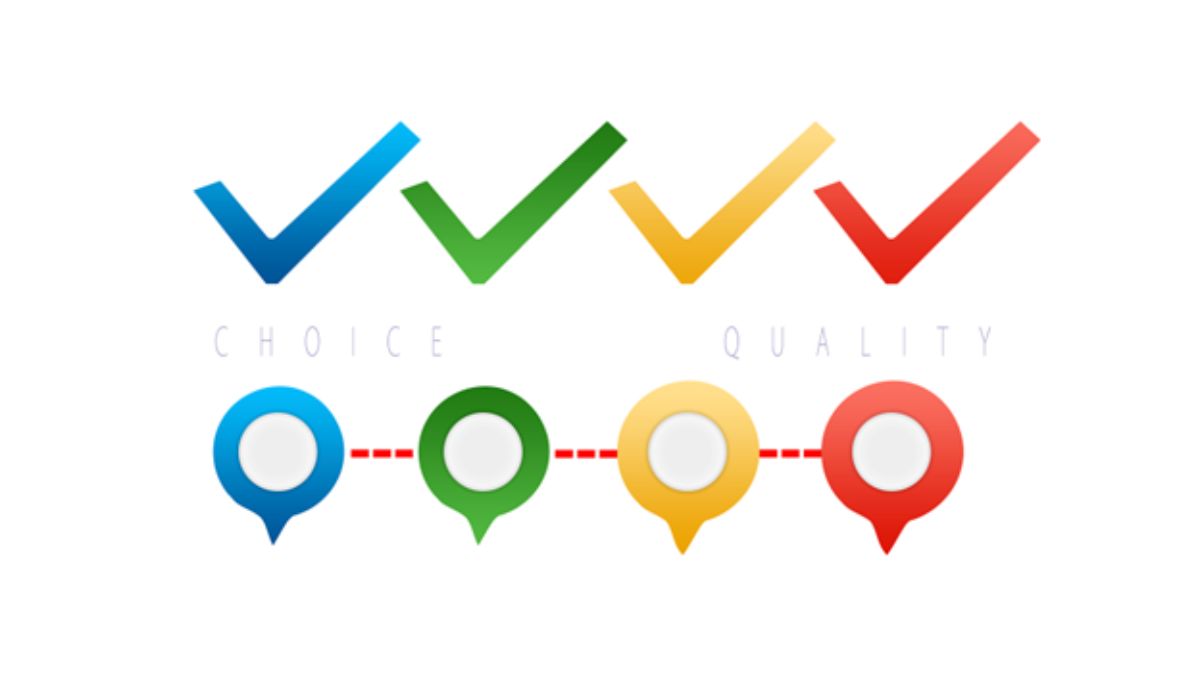In the fast-paced world of digital marketing, marketers juggle campaigns, meetings, content plans, and social channels. Deep SEO audits often fall to the bottom of the to-do list. Yet, ignoring your website’s health is like racing with a flat tire.
Enter the 60-minute SEO audit.
A checklist built for the time-starved, goal-hungry digital professional.
This is not a shallow skim. This is a streamlined plunge into your website’s core that the best SEO company in Melbourne recommend. This audit wastes nothing. It delivers clarity, reveals problems, and sparks action.
First things first—
Minute 0–5: Set the Stage
Open your tools. No audit begins without gear.
- Launch Google Search Console.
- Fire up Google Analytics.
- Prepare Screaming Frog or a similar crawler.
- Ready a notepad or digital tracker.
Your audit log will become your roadmap.
Minute 5–10: Check for Indexing Issues
Type “site:yourdomain.com” into Google and study the results. Are your key pages visible? Are spammy URLs appearing? If pages are missing or irrelevant ones are ranking, you have an indexing problem.
Head into Google Search Console, click on “Coverage,” and review errors and warnings. Look for 404s. Then, find soft 404s. Investigate crawl anomalies. Every error tells a story. Fixing these ensures Google understands your site.
Minute 10–15: Run a Site Crawl
Use Screaming Frog or Sitebulb, and begin the crawl.
- Watch the crawl summary.
- Check for broken links.
- Count redirect chains.
- Spot duplicate titles.
- Note missing meta descriptions.
- Detect oversized images.
These issues may seem small. Together, they choke your SEO health.
Look at status codes. Pages with 500 errors or 403s need urgent attention. Pages returning 301s or 302s need review. Redirects must serve a purpose, not confusion.
Minute 15–20: Examine Title Tags and Meta Descriptions
Pull the data from your crawler. Look for missing, duplicate, or truncated title tags. Titles should be under 60 characters, and each title must serve a different keyword. Duplicates confuse search engines, so use uniqueness to earn trust.
Now scan your meta descriptions. They must summarise and entice. So, avoid keyword stuffing and include emotional or actionable language. A strong meta description invites clicks. More clicks lead to better rankings.
Minute 20–25: Assess Page Speed and Core Web Vitals
Slow pages lose users and search engines notice. So, use Google PageSpeed Insights or Lighthouse to test your homepage. Test a few internal pages and look at First Contentful Paint. Examine Largest Contentful Paint. Study Cumulative Layout Shift.
Are fonts loading late? Are images dragging performance down? Is there excessive JavaScript? These all slow your site, and a slow site invites bounce. A fast one, on the other hand, invites conversions.
Minute 25–30: Check Mobile Usability
Mobile-first indexing is here to stay. If your site struggles on mobile, your rankings suffer.
Use the Mobile-Friendly Test by Google. Run your homepage and key landing pages. Is the text readable without zooming? Do buttons work with a thumb tap? Does content shift unpredictably?
Use your own phone, too. Navigate like a visitor and notice pain points. Experience is everything.
Minute 30–35: Evaluate URL Structure and Internal Linking
URLs should be short, clean, and descriptive. So, avoid numbers and nonsense strings. A readable URL is a shareable URL. Now, inspect internal links. Are orphan pages floating in isolation? Are you guiding visitors logically? Are your anchor texts meaningful?
Create a hierarchy. Link from strong pages to weak ones. Guide Google’s crawl. Build topical authority. Internal linking is a quiet power, so use it wisely.
Minute 35–40: Review Content Quality and Keyword Targeting
Visit five to ten key pages and read with sharp eyes. Is the content relevant? Is it outdated? Is it stuffed with keywords or drowning in fluff?
Every page should answer a question, and every sentence should earn its space. Further:
- Include headings.
- Add visual elements.
- Update statistics.
Freshness signals value.
Minute 40–45: Inspect Backlinks and Authority Signals
Now, look at link diversity. Are you attracting links from various industries? Do you have high-authority references? If not, your backlink strategy needs tightening.
Find out:
- Visit Ahrefs, Moz, or SEMrush.
- Plug in your domain.
- View the backlink profile.
- Look for toxic domains.
- Spot low-quality directories or spammy links.
- Disavow when necessary.
Anchor text also matters. Too many branded anchors are safe but limiting. Too many exact matches invite penalties. Balance is the key.
Minute 45–50: Check Technical Health and Structured Data
Open Google Search Console’s “Enhancements” section. Look at the schema. Are you using it? Rich results can boost CTR dramatically.
Implement JSON-LD for articles, products, events, or reviews. Structured data helps Google understand your content’s purpose.
Now, scan for canonical tags. Avoid duplicate content confusion. Set preferred URLs. Tell Google what matters most.
Review your XML sitemap. Is it up to date? Does it include only indexable URLs? Submit it again if needed.
Minute 50–55: Verify Security and Crawlability
Ensure your site uses HTTPS. Look for mixed content warnings. Insecure elements scare users. They also harm rankings.
Open your robots.txt file. Check for disallowed directories. Make sure nothing important is blocked. Sometimes developers block entire sections by mistake.
Run a fetch-and-render in Search Console. See your site through Google’s eyes. If it can’t render a page properly, it won’t rank that page well.
Minute 55–60: Summarise Findings and Create Action Steps
Close with clarity. Summarise your audit in bullet points. Categorise by severity: critical, important, minor. Prioritise tasks.
Examples:
- Fix broken internal links – Critical
- Compress images over 1MB – Important
- Update meta descriptions – Minor
- Add FAQ schema to service pages – Important
- Disavow 3 toxic backlinks – Critical
Set deadlines. Assign ownership. Treat this like a mini project. Momentum builds when tasks are clear.
Conclusion
This 60-minute sprint is not superficial. It is focused, deliberate, and touches every major SEO pillar: indexing, content, speed, structure, mobile, backlinks, and security. In just one hour, you uncover weaknesses and find buried strengths.
For a more detailed audit, however, you may need a professional like Make My Website (MMW). Reach out to their team to discuss how it works. Good luck!






